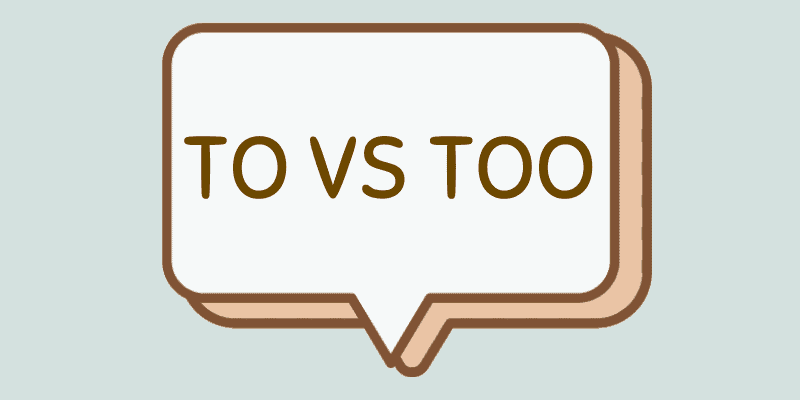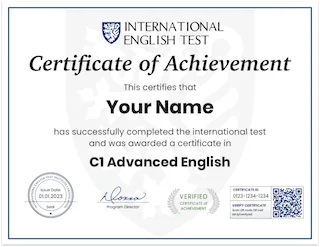Confusing “to” and “too” is common, especially for non-native English speakers. Fortunately, there’s an easy way to know which one to use.
The words “to,” “too,” and “two” have identical sounds but serve distinct purposes. They exemplify homophones, which are words pronounced the same but have different meanings and spellings. Due to their similarity, they are frequently confused in written language.
This article provides comprehensive guidance to ensure you consistently select the correct “to,” “too,” or “two” in every context.
What is your English level?
Find out your A1 A2 B1 B2 C1 C2 level of English with our quick, free online test.
The definition of “to”
“To” functions as a preposition, signifying a relationship between two words or phrases. In this role, it denotes direction, location, or movement toward a particular point, place, or person. For instance, “I’m going to the store” or “He was running to the city center.”
Additionally, “to” can precede a noun or a verb to form an infinitive phrase, with the infinitive being the basic form of a verb. This primary verb is frequently accompanied by an auxiliary verb, as seen in the example, “I wanted to go to the beach.”
How to use “to” correctly
When deciding between “to” and “too,” consider whether the intended meaning involves movement, direction, or location. If the answer is affirmative, the appropriate choice is “to.”
Similarly, when constructing an infinitive, ensure that “to” is consistently included before the main verb. If there’s uncertainty about its necessity, try adding it to the sentence and assess whether the meaning remains clear and coherent.
The definition of “too”
“Too” is an adverb that means “also,” “excessively,” or “very.” For example:
- “My brother was too busy to help me.”
- “I am too tired to work today.”
How to use “too” correctly
“Too” is primarily employed to denote excess, but it can also emphasize a point or affirm the accuracy of a statement. For instance, “That was too good.”
In conversational contexts, to achieve a natural flow, consider comparing “too” with words like “also” or “as well” and select the one that best fits the context.

What’s the difference between “to” and “too”?
“To” and “too” share the same pronunciation, yet they carry different meanings and can signify distinct parts of speech. “To” functions as a preposition, indicating a relationship between two other words in a phrase or sentence. On the other hand, “too” is an adverb, modifying a verb, an adjective, or another adverb. In simple terms, a preposition defines a relationship, while an adverb provides modification.
“To” vs. “too” vs. “two”
Now that you’ve grasped the distinction between “to” and “too,” let’s add a bit of complexity! In English, the numeral “two” is also pronounced the same way.
Despite their identical pronunciation, each word holds a unique meaning and is employed in different contexts. This section will delve into the crucial differences among “to,” “too,” and “two,” offering examples to enhance your ability to differentiate between them.
The definition of “two”
The term “two” is a cardinal number utilized in counting items, representing the second number following one. For instance, in the sentence “You have two apples,” “two” indicates the quantity of apples you possess.
How to use “two” correctly
Two should only be used when you are describing a number of things, or counting. For example, “There were two horses in the field”.

Are you C1 Advanced English?
Get your C1 Advanced English certificate now!
✓ Add your certificate to your resume
⭐ ⭐ ⭐ ⭐ ⭐
“To” vs. “too” vs. “two” in practice
The pack of wolves traveled from Oregon to California.
Not only did they have a Ferris wheel at the county fair, but they had a petting zoo, too.
Section two of the student-athlete contract explicitly states that players must adhere to curfew.
Conclusion
Next time you encounter a choice between “to” and “too,” recall the insights from this article and consult it if necessary.
Engaging in practice proves highly effective for solidifying challenging aspects of English grammar, so make sure to also complete the exercises provided in this article.
What is your English level?
Find out your A1 A2 B1 B2 C1 C2 level of English with our quick, free online test.





